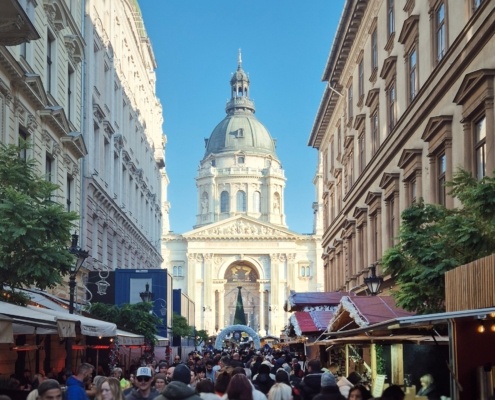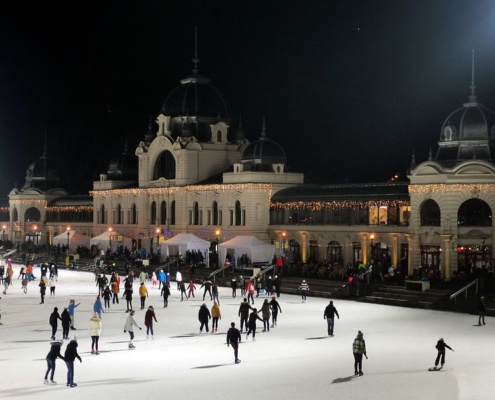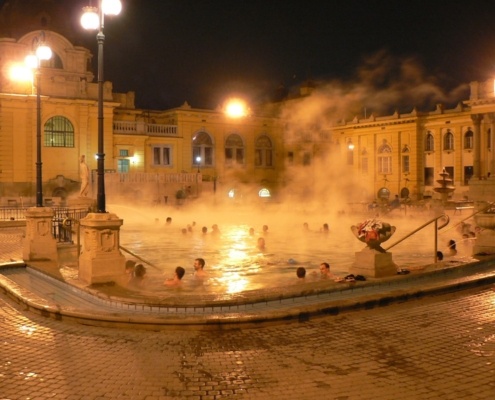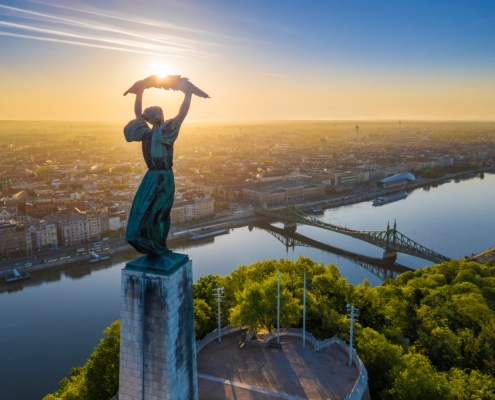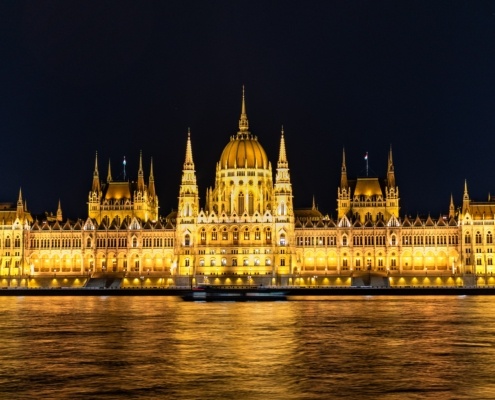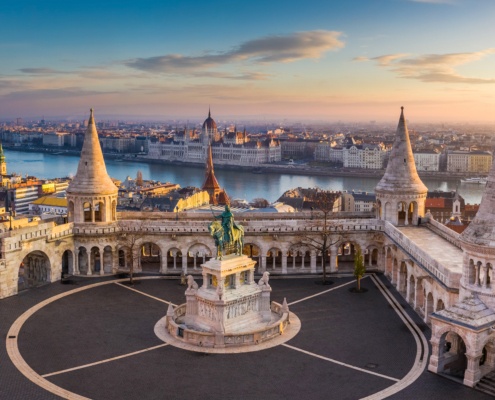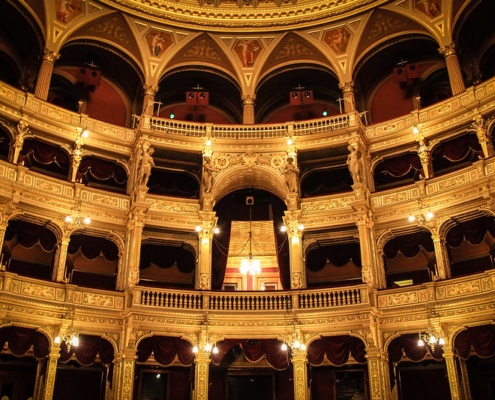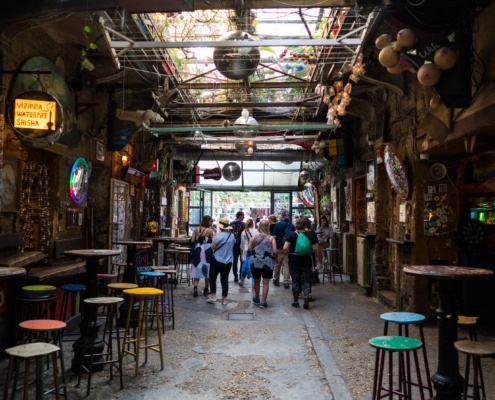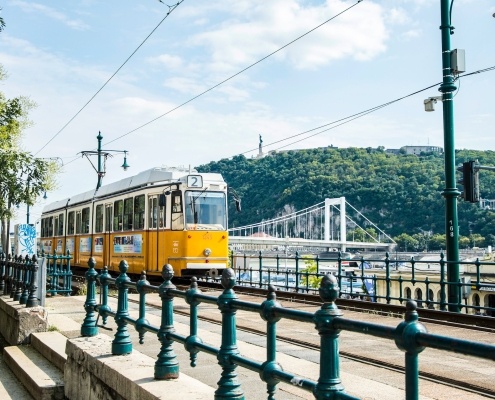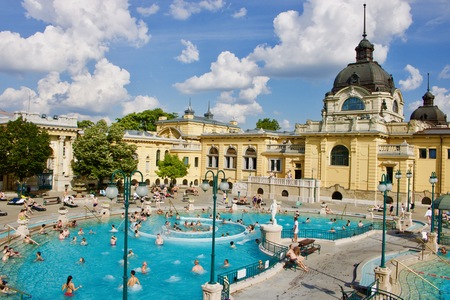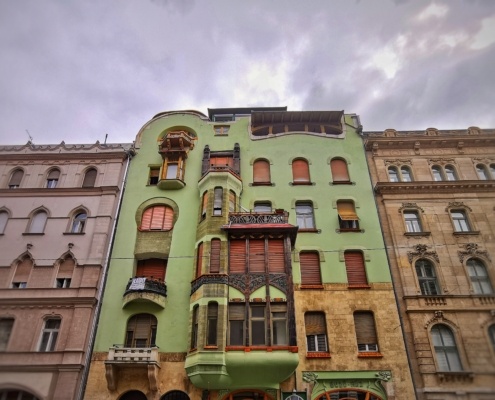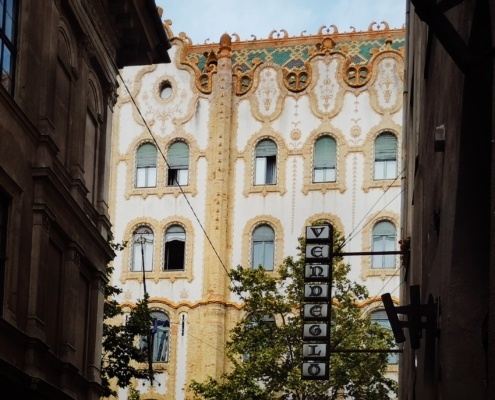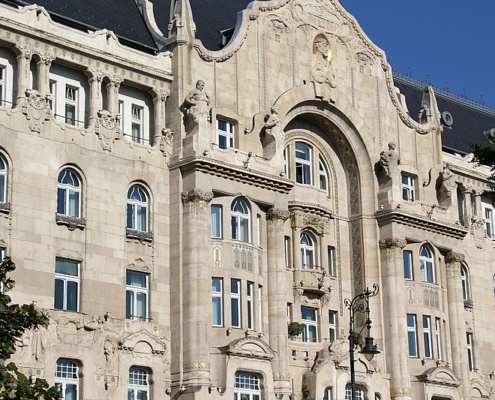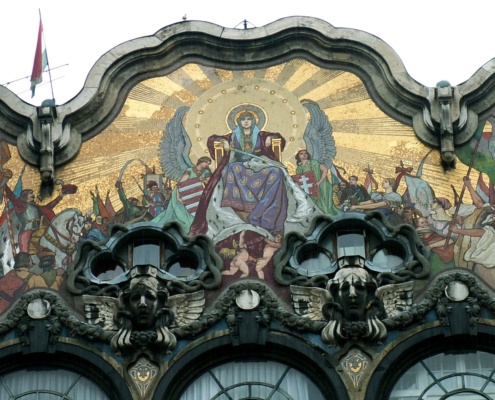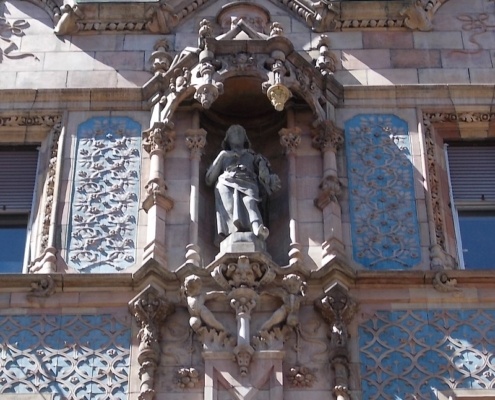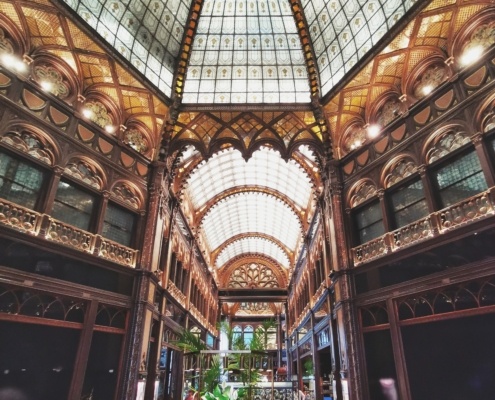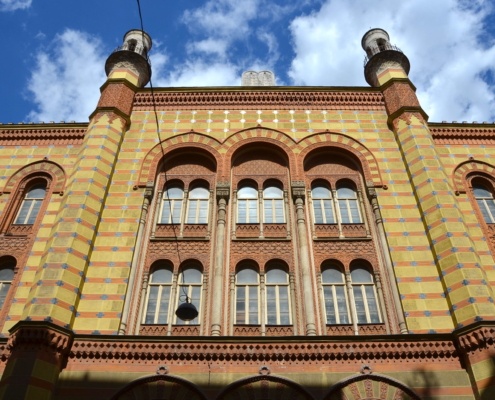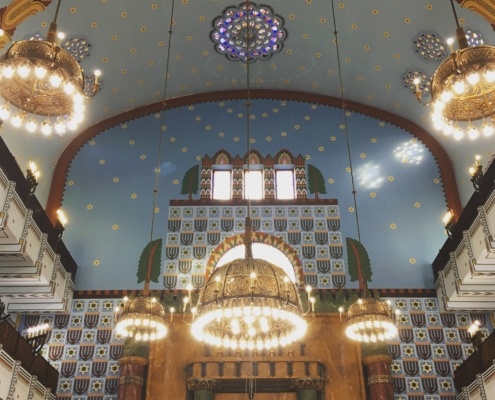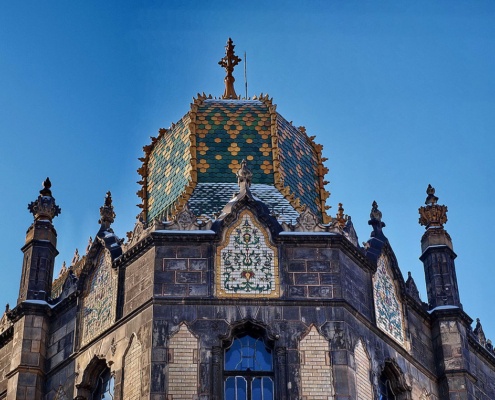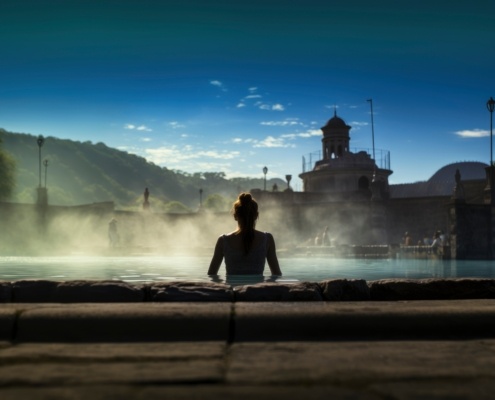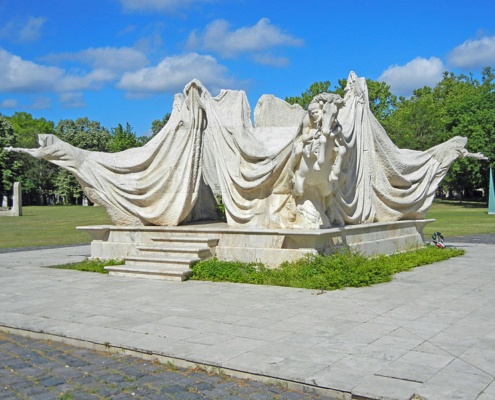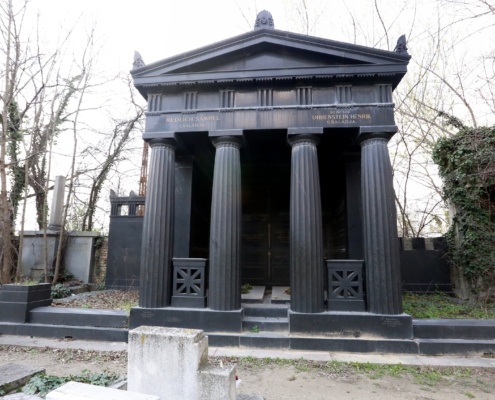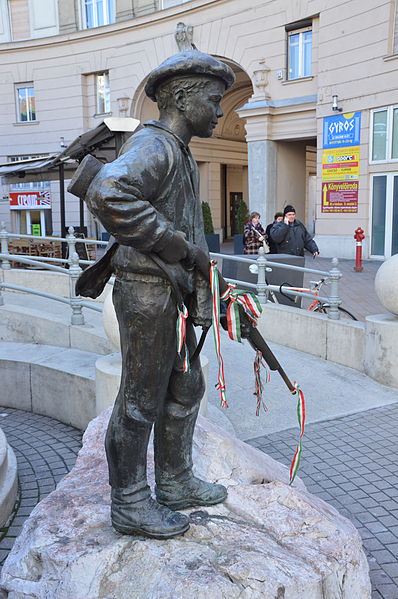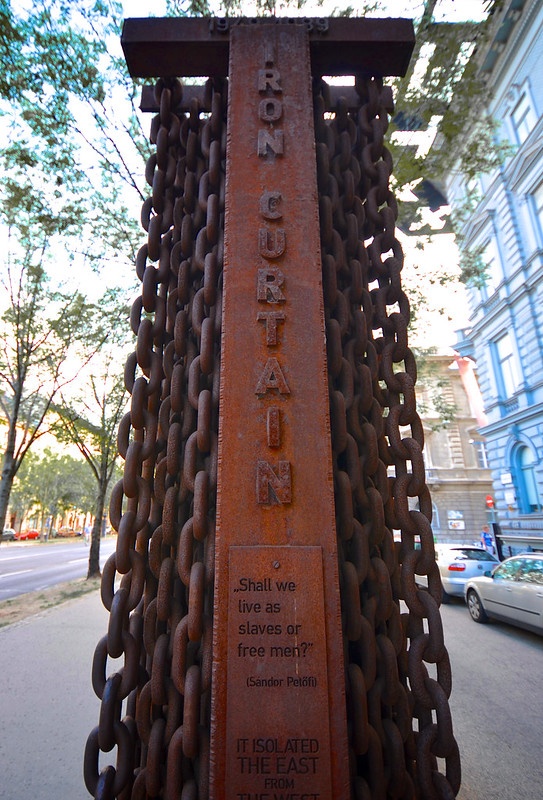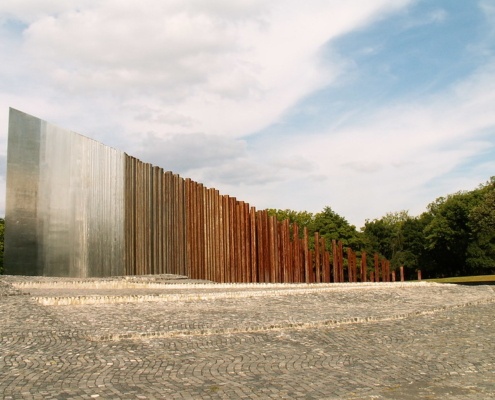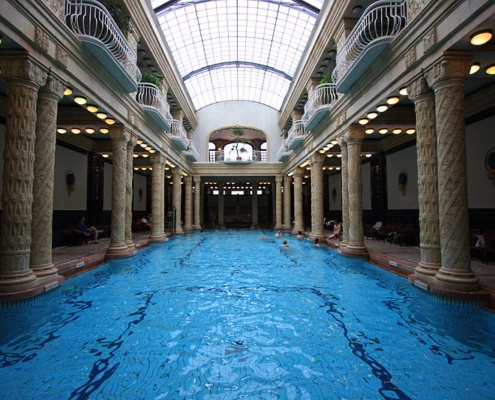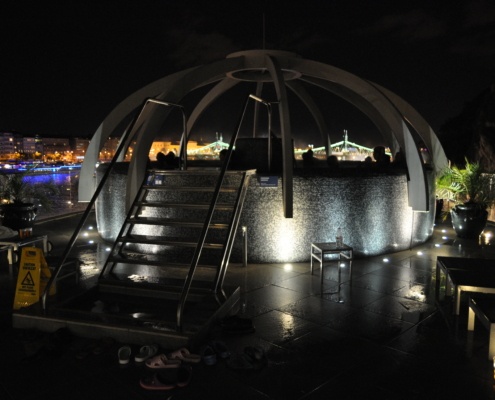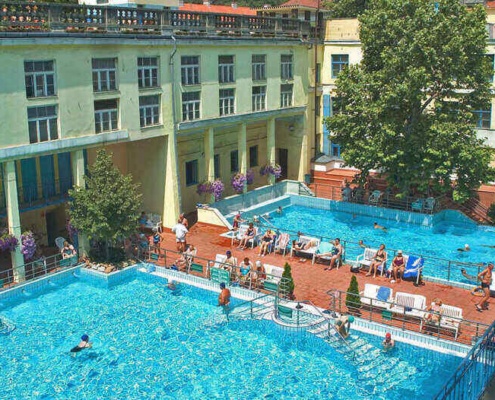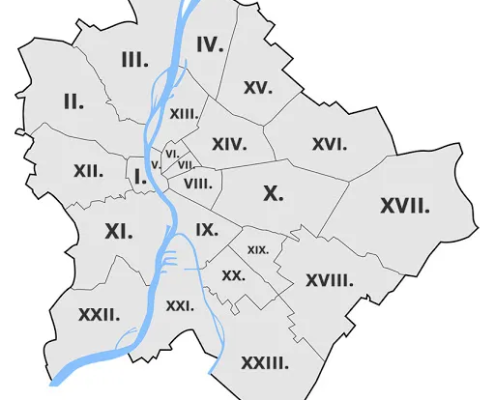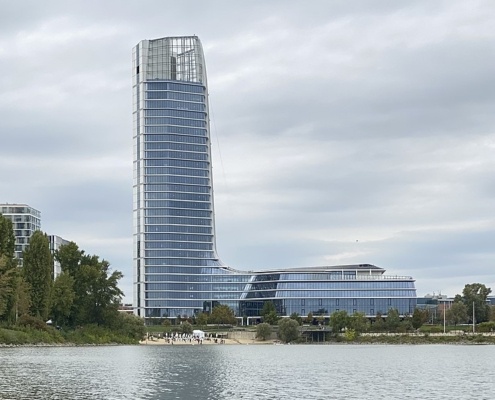Budapest Holiday Hours 2024: Christmas & New Year Visitor Info and Opening Times
Planning a trip to Budapest for the end of December but you are not sure about the Budapest Holiday Hours 2024? We’re here to help with a handy guide to the opening hours of museums, bathhouses, shops, churches, and public transportation during the festive season. From Christmas Eve to New Year’s Day, here’s everything you need to know for December 24th, 25th, 26th, 31st, and January 1st.
Budapest Holiday Hours 2024: December 24th – Christmas Eve (Tuesday)
Shops
- Most shops close early, around noon.
- Vörösmarty Square Christmas Market: Open 10 AM – 2 PM.
- St. Stephen’s Basilica Christmas Market: Open 10 AM – 2 PM.
- Some 24/7 convenience stores remain open overnight.
Museums
- All museums are closed.
- Parliament: Closed.
Thermal Baths
- Széchenyi Thermal Bath: 7 AM – 1 PM.
- Gellért Thermal Bath: 9 AM – 1 PM.
- Lukács Thermal Bath: 7 AM – 1 PM.
- Rudas Thermal Bath: 6 AM – 1 PM.
Other Attractions
- Zoo: Open 9 AM – 1 PM.
- Opera House: No opera tours available
Churches and Synagogues
- Matthias Church: Mass at 6 AM and Midnight.
- St. Stephen’s Basilica: Open 9 AM – Midnight (free entrance); Midnight mass.
- Dohány Street Grand Synagogue: Closed.
- Rumbach Street Synagogue: Closed.
Public Transportation
- Operates on a Sunday schedule until 4 PM, after which night buses take over.
- No Christmas Tram service.
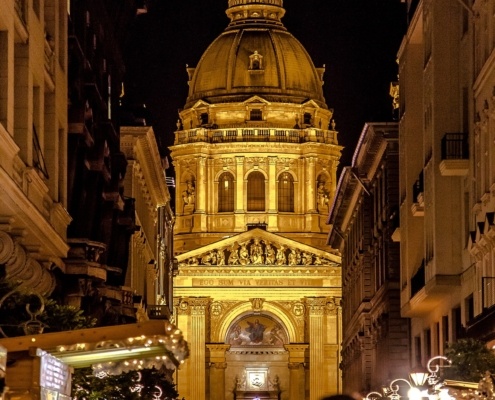
Budapest Holiday Hours 2024: December 25th – Christmas Day (Wednesday)
Shops
- Shops remain closed.
- Vörösmarty Square Christmas Market: Open 12 PM – 6 PM.
- St. Stephen’s Basilica Christmas Market: Open 11 AM – 8 PM.
- Shopping malls open only for cinema screenings; shops remain closed.
- Some 24/7 convenience stores are open all day.
Museums
- All museums are closed.
- Parliament: Closed.
Thermal Baths
- Széchenyi Thermal Bath: 10 AM – 8 PM.
- Gellért Thermal Bath: 10 AM – 8 PM.
- Lukács Thermal Bath: 10 AM – 8 PM.
- Rudas Thermal Bath: 10 AM – 8 PM.
Other Attractions
- Zoo: Open 9 AM – 4 PM.
- Opera House: Walking Tours are available at 3 PM and 4 PM.
- Grand Central Market: Closed
Churches and Synagogues
- Matthias Church: Closed to visitors. Masses at 10 AM, 12 PM, and 6 PM.
- St. Stephen’s Basilica: Free entrance from 1 PM – 5:45 PM; Christmas Mass at 6 PM.
- Dohány Street Grand Synagogue: Closed.
- Rumbach Street Synagogue: Closed.
Public Transportation
- Operates on a Sunday schedule.
December 26th – Boxing Day (Thursday)
Shops
- Shops remain closed.
- Vörösmarty Square Christmas Market: Open 12 PM – 6 PM.
- St. Stephen’s Basilica Christmas Market: Open 11 AM – 8 PM.
- Shopping malls open for cinema screenings; shops remain closed.
- Some 24/7 convenience stores are open.
Museums
Open:
- Museum of Fine Arts: 10 AM – 6 PM.
- National Gallery: 10 AM – 6 PM.
- Rock Hospital Museum: 10 AM – 6 PM.
Closed:
- National Museum.
- House of Terror.
- Museum of Ethnography.
- Holocaust Memorial Center.
- Parliament.
Thermal Baths
- Széchenyi Thermal Bath: 6 AM – 8 PM.
- Gellért Thermal Bath: 10 AM – 8 PM.
- Lukács Thermal Bath: 10 AM – 8 PM.
- Rudas Thermal Bath: 10 AM – 8 PM.
Other Attractions
- Zoo: Open 9 AM – 4 PM.
- Opera House Walking Tours: Available at 2 PM, 3 PM, and 4 PM.
- Grand Central Market: Closed.
Churches and Synagogues
- Matthias Church: Open to visitors 1 PM – 4:30 PM; Masses at 10 AM, 12 PM, and 6 PM.
- St. Stephen’s Basilica: Free entrance from 1 PM – 5:45 PM; Christmas Mass at 6 PM.
- Dohány Street Grand Synagogue: Open 10 AM – 6 PM.
- Rumbach Street Synagogue: Open 10 AM – 6 PM.
Public Transportation
- Operates on a Sunday schedule.
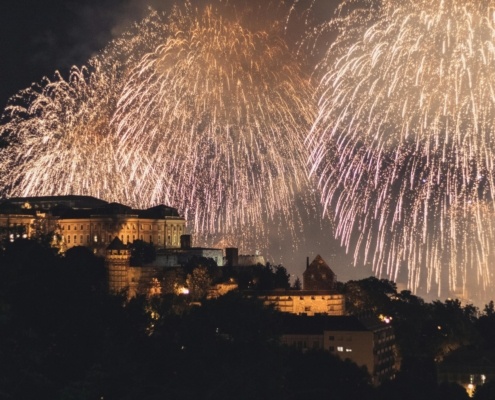
Budapest Holiday Hours 2024: December 31st – New Year’s Eve (Tuesday)
Shops
- Most shops are open until early afternoon.
- Vörösmarty Square Christmas Market: Open 11 AM – 3 AM.
- St. Stephen’s Basilica Christmas Market: Open 11 AM – 3 AM.
- Shopping malls: Open 10 AM – 2 PM, though some shops may remain closed.
- Some 24/7 convenience stores are open all day and night.
Museums
Open:
- Museum of Fine Arts: 9 AM – 4 PM.
- National Gallery: 9 AM – 4 PM.
- National Museum: 10 AM – 2 PM.
- House of Terror Museum: 10 AM – 3 PM.
- Parliament: 8 AM – 2 PM (all tickets are sold).
Closed:
- Rock Hospital Museum.
- Museum of Ethnography.
- Holocaust Memorial Center.
Thermal Baths
- Széchenyi Thermal Bath: 8 AM – 6 PM.
- Gellért Thermal Bath: 9 AM – 6 PM.
- Lukács Thermal Bath: 7 AM – 6 PM.
- Rudas Thermal Bath: 6 AM – 6 PM.
Other Attractions
- Zoo: Open 9 AM – 1 PM.
- Opera House Walking Tours: Tours available at 2 PM, 3 PM, and 4 PM.
- Grand Central Market: Open 6 AM – 1 PM.
Churches and Synagogues
- Matthias Church: Open to visitors from 9 AM – 5 PM.
- St. Stephen’s Basilica: Open 9 AM – 5:45 PM.
- Dohány Street Grand Synagogue: Open 10 AM – 6 PM.
- Rumbach Street Synagogue: Open 10 AM – 6 PM.
Public Transportation
- Night buses operate throughout the evening.
- No Christmas Tram service.
Budapest Holiday Hours 2024: January 1st – New Year’s Day (Wednesday)
Shops
- Vörösmarty Square Christmas Market: Closed.
- St. Stephen’s Basilica Christmas Market: Open 11 AM – 6 PM.
- Shops and shopping malls remain closed.
- Some 24/7 convenience stores are open all day and night.
Museums
Open:
- Museum of Fine Arts: 12 PM – 6 PM.
- National Gallery: 12 PM – 6 PM.
Closed:
- National Museum.
- House of Terror.
- Rock Hospital Museum.
- Museum of Ethnography.
- Parliament.
Thermal Baths
- Széchenyi Thermal Bath: 10 AM – 8 PM.
- Gellért Thermal Bath: 10 AM – 8 PM.
- Lukács Thermal Bath: 8 AM – 8 PM.
- Rudas Thermal Bath: 10 AM – 8 PM.
Other Attractions
- Zoo: Open 9 AM – 4 PM.
- Opera House Walking Tours: Tours available at 2 PM, 3 PM, and 4 PM.
- Grand Central Market: Closed.
Churches and Synagogues
- Matthias Church: Open to visitors from 1 PM – 5 PM; Mass at 6 PM.
- St. Stephen’s Basilica: Free entrance from 1 PM – 5:45 PM; Mass at 6 PM.
- Dohány Street Grand Synagogue: Open 10 AM – 6 PM.
- Rumbach Street Synagogue: Open 10 AM – 6 PM.
Public Transportation
- Operates on a Sunday schedule.
Final Tips
- Streets are busier closer to New Year’s Eve but remain quieter during Christmas.
- Many fast-food chains close during the holidays, though local bakeries and cafés may stay open.
- Join our daily free walking tours to learn more about Budapest from local guides.
Wishing you a magical holiday in Budapest!

